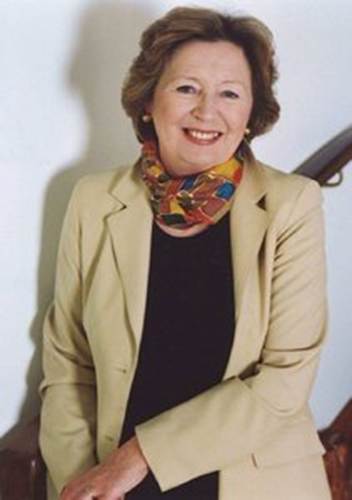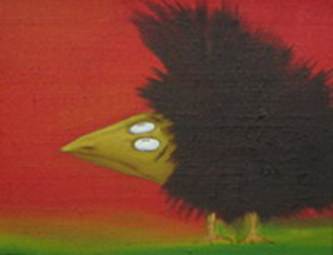AUTHOR’S NOTE
Fair Rosamund Clifford holds a bigger place in legend than she does in historical records, which make only brief references to her, and I hope her shade does not haunt me for my fictional portrayal.
Most of the rebellion of Henry II’s family took place on the continent but, since the nice thing for a novel writer is the gap in medieval records, I have dared to interpose one such rising in England, where we do know at least that some of his discontented barons were quick to join in Young Henry and Eleanor’s fight.
Eleanor of Aquitaine survived the death of Henry and the imprisonment he imposed on her. In fact, she survived all her sons as well, except King John. In her seventies, she crossed the Pyrenees to arrange the marriage of a granddaughter, and suffered an abduction and, later, a siege. She died at the age of eighty-two and was laid to rest beside her husband and Richard the First, their son, in the Abbey of Fontevrault, where their effigies are still to be seen in its beautiful church.
I make no apology for the way in which my characters go by water between Godstow and various places. The Thames around the island on which the remains of the convent stand is navigable to a fair way farther up even now, and there is every likelihood that its tributaries have changed their courses over the years, and those of the Cherwell, now disappeared, provided better going than the lesser roads. As Professor W. G. Hoskins, the father of landscape archaeology, says in his
Incidentally, beavers were common in English rivers during the twelfth century. It was later, in the 1700s, that they were hunted to extinction for their fur.
And, unlikely as it seems, opium
One by one, all of Henry’s sons turned against him, and he died at Chinon in 1189, probably from bowel cancer, knowing that his youngest and most loved, John, had joined the rebellion of the elder brother, Richard.
I have given the manor of Wolvercote a fictitious lord for the purposes of this story; the real owner of the manor at this time was a Roger D’Ivri, and I have no evidence that D’Ivri was involved in any rebellion against Henry II, though it is interesting that, whether he wanted to or not, he later gave the manor to the king, who gave it to Godstow Abbey.
The reference to paper as a writing material in chapter four may offend the general view that paper did not reach Europe, certainly northern Europe, until the fourteenth century. Granted, it wasn’t used much in the twelfth century-scribes and monkish writers were snobbish about it and preferred vellum-but it was around, though probably of poor quality. Viz the interesting article posted on the Internet: “Medieval Ink” by David Carvalho.
The trick of getting out of a multicursal maze I owe to that lovely writer on landscape, Geoffrey Ashe, and his
The real Abbot of Eynsham, whoever he was, must be absolved of the wickedness that I attribute to his fictional counterpart. As far as I know, he lived a blameless life and had high regard for women-though, in that case, he would have been a rare specimen among medieval churchmen.
The idea of God as both father and mother was famously encapsulated in the writings of the feminine mystic Julian of Norwich in the fourteenth century, but the concept was deep in much Christian thinking long before that, and so the conversation between the Abbess of Godstow and Adelia in chapter eleven of this book is not necessarily anachronistic.
In the Middle Ages, the title of doctor was bestowed on followers of philosophy, not physicians, but I have applied it in the modern sense here to simplify meaning for readers and myself.
ACKNOWLEDGMENTS
As always, my gratitude to my agent, Helen Heller, for her wise judgment of plot and pace. And to Rachel Kahan, my editor at Penguin Group (USA), for the same. Also to the London Library, which contains everything an inquiring author needs to know, and to its staff.
And last but never least, to my husband, Barry, and the family for their patience-especially my daughter Emma, who shoulders secretarial burdens so well and leaves me free to write.
Thank you.
ABOUT THE AUTHOR

Ariana Franklin, a former journalist, is a biographer and author of the novels


